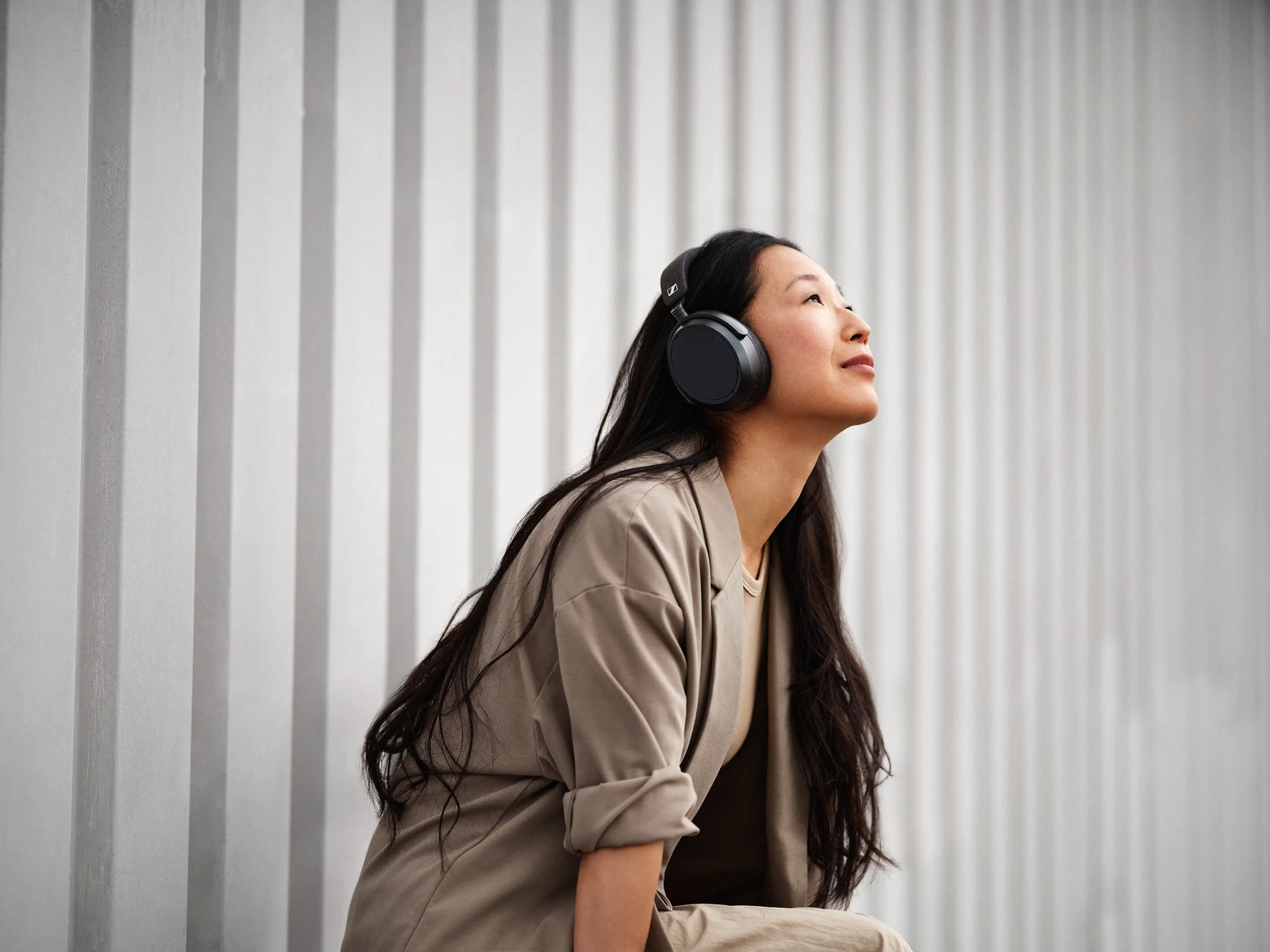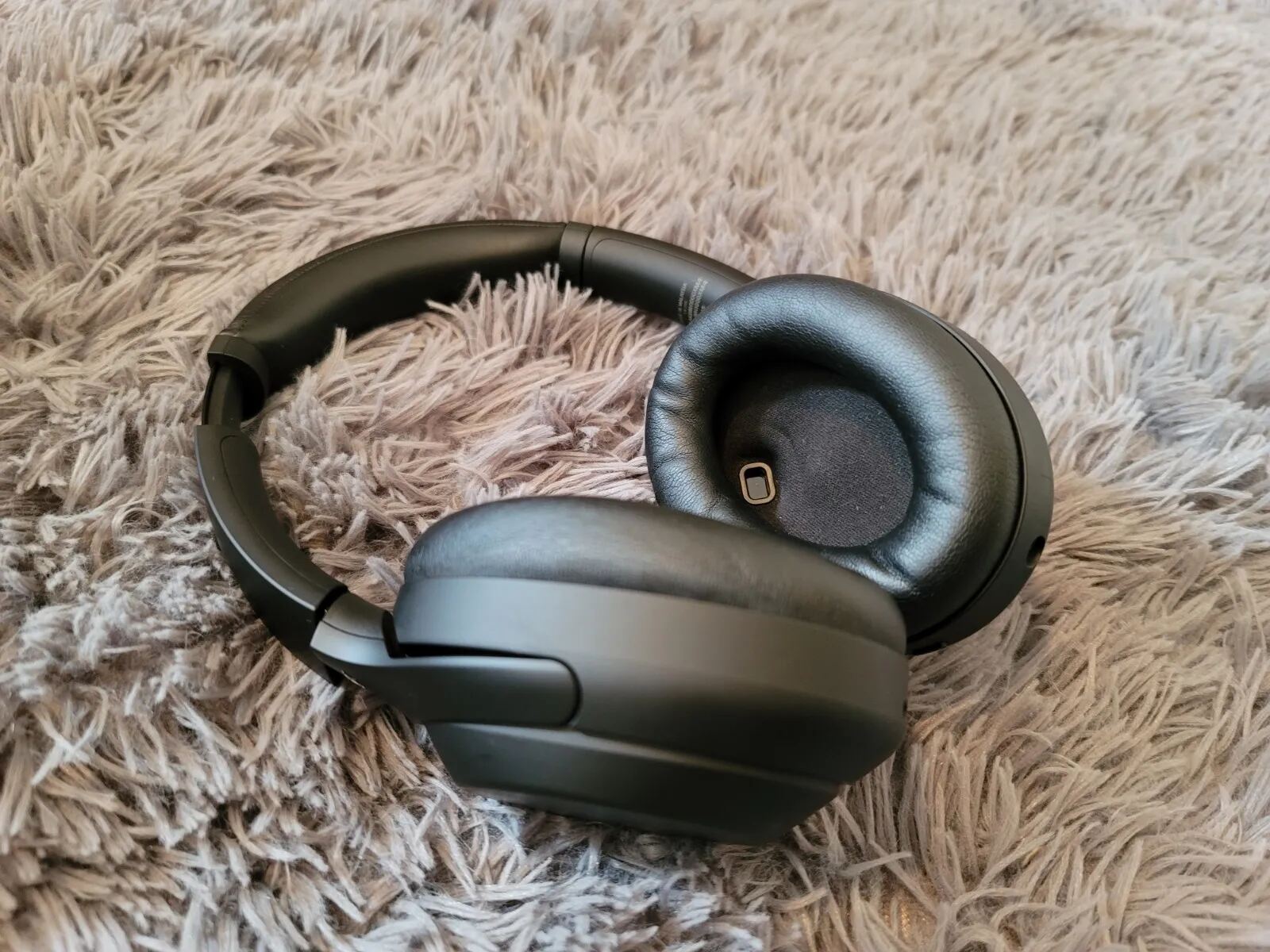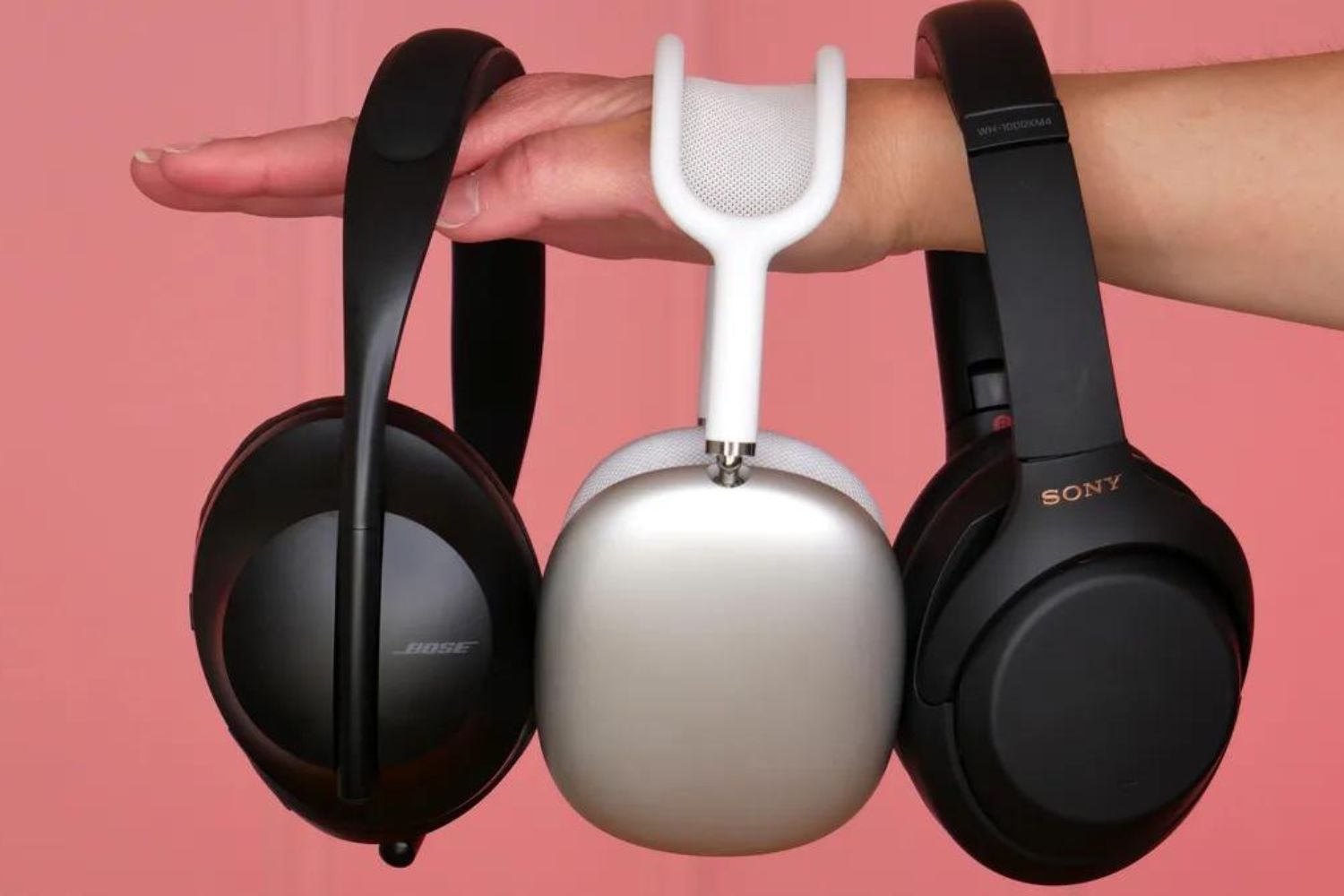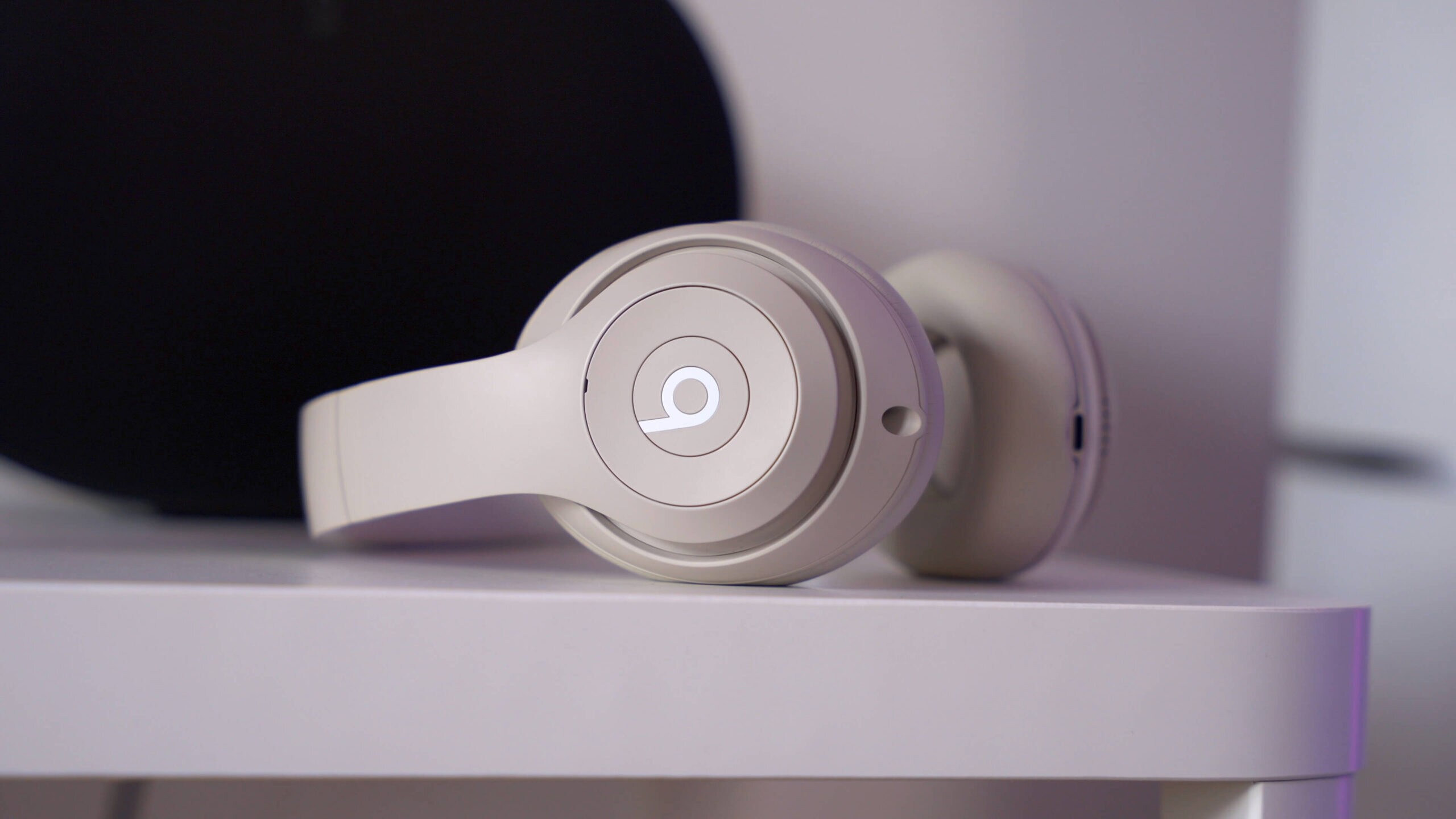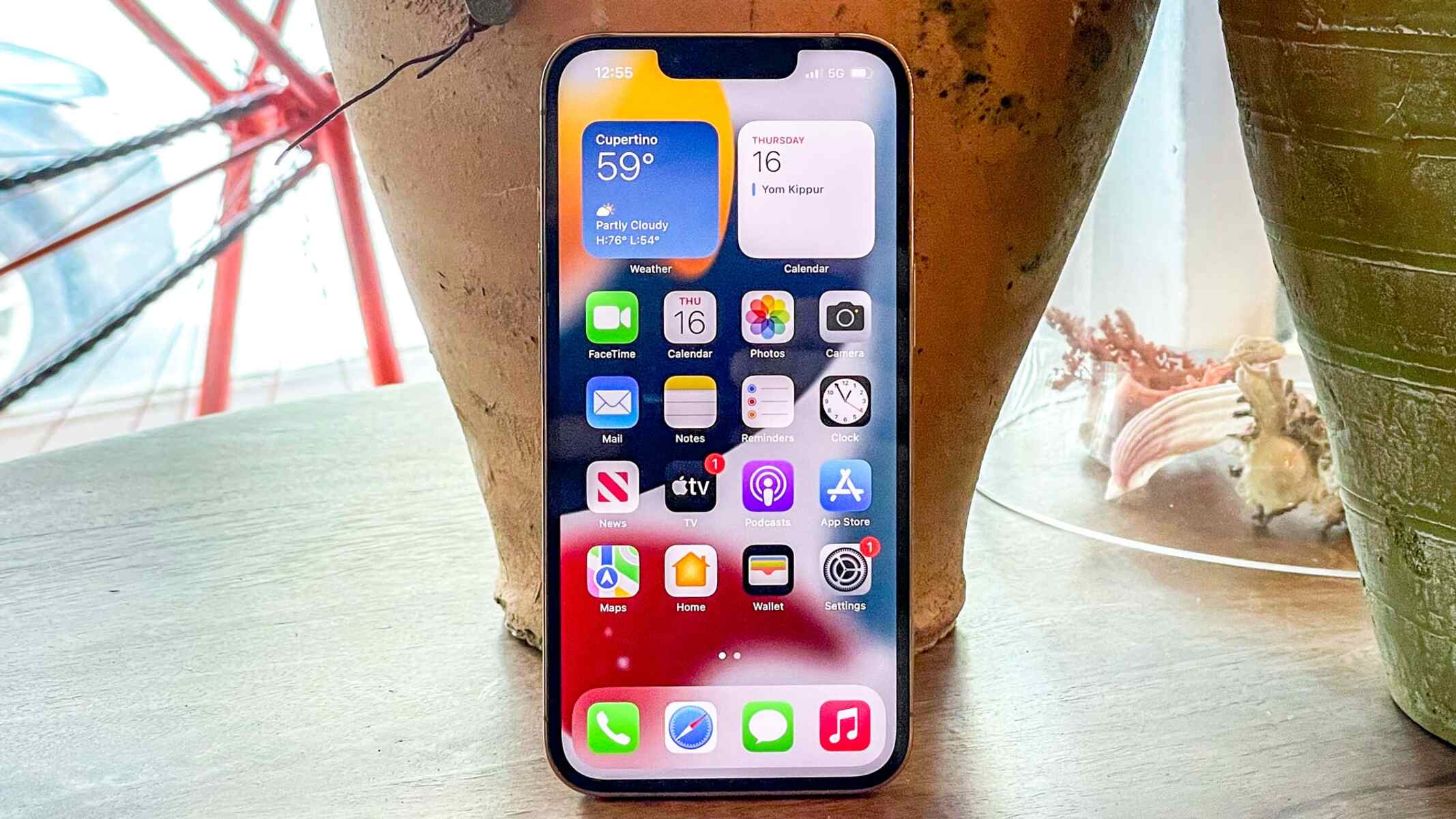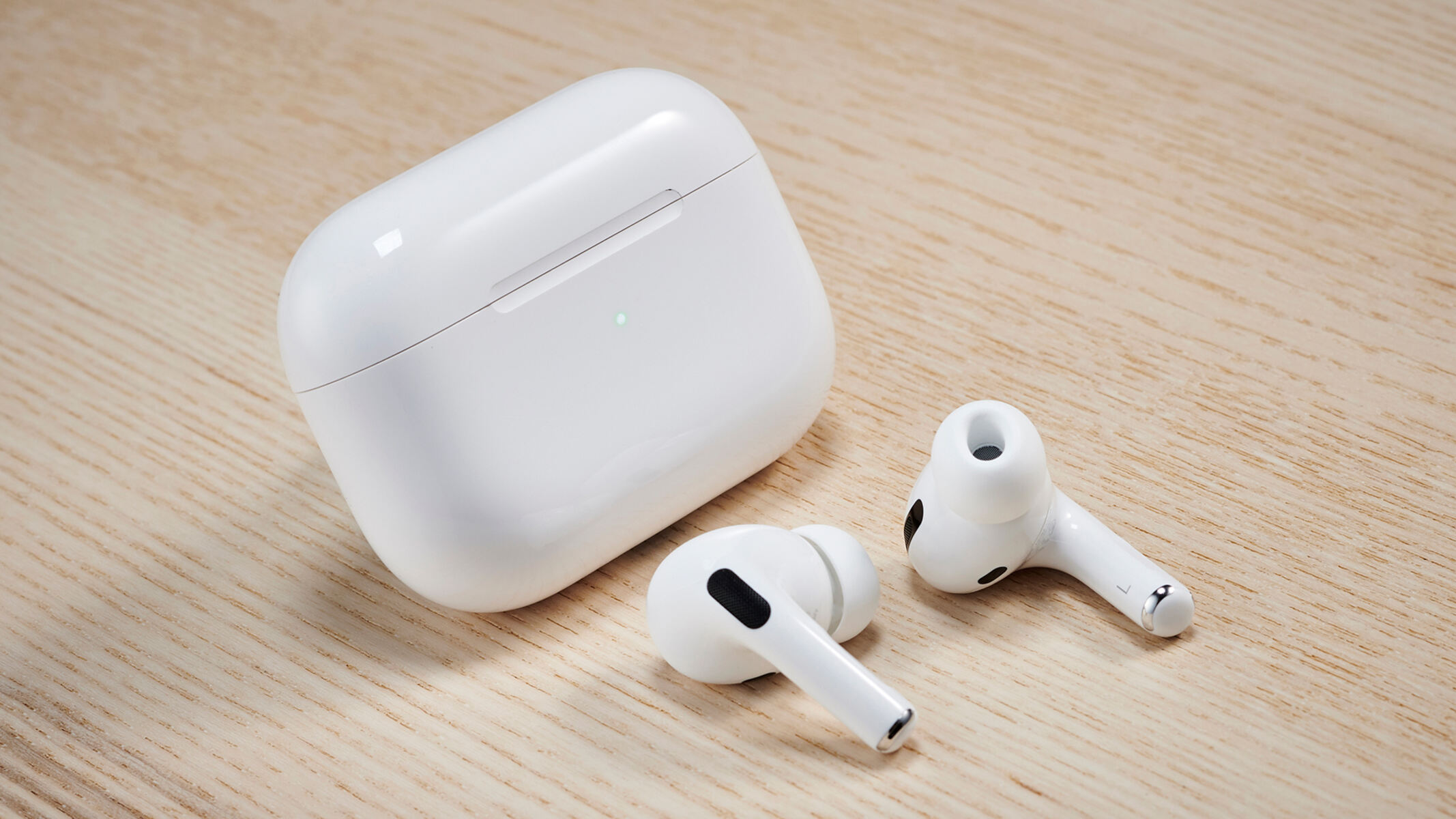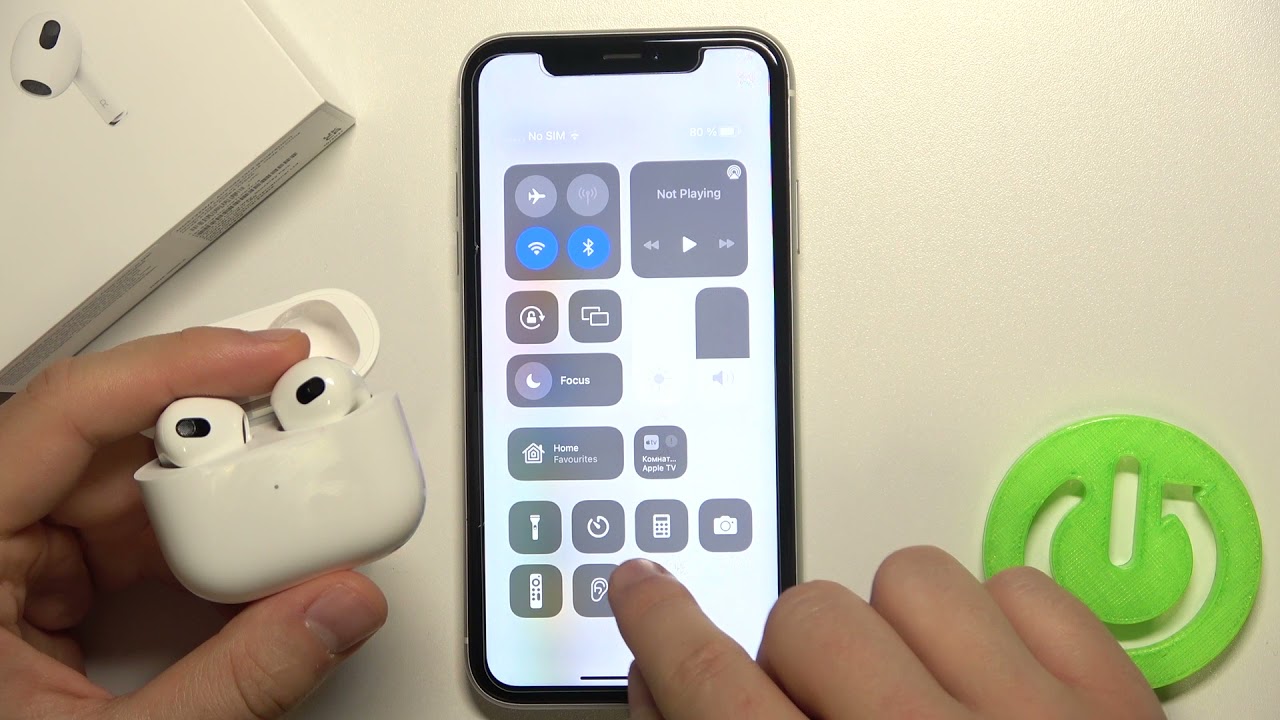Introduction
Welcome to the world of noise cancelling technology! If you’re someone who appreciates a peaceful and quiet environment, you’ve probably come across terms like “adaptive noise cancelling” and “active noise cancelling.” These are two popular methods used in headphones and earphones to minimize external sounds and enhance the audio experience. But what exactly do these terms mean? And how do they differ from each other?
In this article, we will explore the fascinating world of adaptive and active noise cancelling, uncovering their unique characteristics and shedding light on the key differences between them. Whether you’re an audiophile researching the best noise cancelling devices or a curious individual looking to expand your knowledge, this article will provide the insights you need.
Before diving into the details of adaptive and active noise cancelling, let’s first understand the concept of noise cancelling itself.
Noise cancelling technology aims to reduce or eliminate unwanted background noise so that you can focus on what you want to hear without distractions. Whether you’re sitting in a bustling coffee shop, commuting on a noisy train, or working in a lively office, noise cancelling headphones can provide you with a serene auditory experience.
Now the question arises, how does noise cancelling work? Join us in the next section to find out!
What is Noise Cancelling?
Noise cancelling, as the name suggests, is a technology designed to minimize or eliminate unwanted sounds from the surrounding environment. It works by using a combination of hardware and software to analyze external sounds and generate opposite sound waves to cancel them out. This creates a quieter and more immersive audio experience for the listener.
There are two main types of noise cancelling: passive and active. Passive noise cancelling is achieved by physical means, such as thick earcup padding or tightly sealed earbuds, which block out external sounds. While passive noise cancelling can provide some degree of relief from noise, it is limited in its effectiveness, especially when dealing with loud and persistent sounds.
Active noise cancelling, on the other hand, takes noise reduction to a whole new level. It utilizes advanced technology to actively counteract unwanted sounds. By using microphones to capture external sounds and sophisticated algorithms to analyze and process them in real-time, active noise cancelling headphones generate a sound wave that is precisely opposite in phase to the incoming sound wave. When these two waves meet, they cancel each other out, resulting in a significant reduction in ambient noise.
Active noise cancelling technology is particularly effective in attenuating low-frequency sounds, such as the rumble of an airplane engine or the hum of a busy office. It allows you to enjoy your music, podcasts, or phone calls with greater clarity and without the need to raise the volume to compensate for the surrounding noise.
Now that we have a basic understanding of noise cancelling, let’s delve into the specifics of adaptive and active noise cancelling techniques. What sets them apart? Read on to find out!
How does Noise Cancelling Work?
The science behind noise cancelling is truly remarkable. It involves a combination of hardware and software components working together to create a serene listening environment.
Active noise cancelling headphones have small built-in microphones strategically placed on the earcups. These microphones pick up the external sounds in your environment, such as traffic noise or the hum of an air conditioner. The captured sounds are then processed by a digital signal processor (DSP), which analyzes the frequency and amplitude of the noise.
Once the noise profile is determined, the DSP generates an opposing sound wave with the exact opposite characteristics. This anti-noise, also known as the “anti-phase,” is produced by the headphone’s speaker drivers. As the anti-noise wave meets the original noise wave, they interfere with each other and cancel each other out, effectively reducing the overall noise level.
It’s important to note that noise cancelling is most effective for continuous, low-frequency sounds. These are the types of sounds that are easier to predict and replicate with anti-phase sound waves. However, sudden and sharp sounds, such as a door slam or a dog barking, are more challenging to cancel out completely.
Active noise cancelling technology also has its limitations. While it is highly effective in reducing constant background noise, it may not eliminate all sounds or completely block out speech or high-pitched noises. Nevertheless, the reduction in ambient noise can significantly enhance your audio experience and provide a sense of calm in noisy environments.
Now that we understand the basics of noise cancelling and how it works, let’s explore the differences between adaptive and active noise cancelling techniques in the next sections.
Adaptive Noise Cancelling
Adaptive noise cancelling takes active noise cancelling to another level by incorporating intelligence and customization. This technology adapts to the individual’s listening environment and adjusts the level of noise cancellation accordingly.
Unlike traditional active noise cancelling headphones that apply a fixed level of noise reduction, adaptive noise cancelling uses sophisticated algorithms to continuously monitor the ambient sounds and adjust the anti-noise output accordingly. The headphones analyze the audio signals captured by the built-in microphones and make real-time adjustments to optimize the noise cancelling performance.
One of the key advantages of adaptive noise cancelling is its ability to adapt to different environments and noise levels. It can automatically adjust the intensity of noise cancellation depending on the specific sounds present in the surroundings. For example, if you’re in a relatively quiet room, the headphones may reduce the noise cancellation to allow for ambient sounds to be heard. On the other hand, in a noisy environment such as an airplane cabin, the adaptive noise cancelling will ramp up to provide maximum noise reduction.
Adaptive noise cancelling headphones also offer customization features to tailor the noise cancellation experience to the individual’s preferences. Some models come with companion apps that allow users to fine-tune the level of noise cancellation or even create personalized noise profiles. This level of customization ensures that you can create the ideal listening experience for your unique needs.
It’s worth noting that adaptive noise cancelling may require a slightly more advanced hardware and software setup compared to traditional active noise cancelling. However, the benefits of adaptive noise cancelling in terms of adaptability and user personalization make it a popular choice among discerning audio enthusiasts.
Now that we’ve explored adaptive noise cancelling, let’s move on to active noise cancelling and discover the nuances that differentiate it from adaptive technology.
Active Noise Cancelling
Active noise cancelling (ANC) is a widely used technology in headphones and earphones that actively reduces external noise to provide a more immersive and peaceful audio experience. Unlike passive noise cancelling, which relies on physical barriers to block out sound, active noise cancelling uses advanced electronics and signal processing techniques to actively counteract ambient noise.
Active noise cancelling works by capturing the external sound through microphones placed on the earcups or earbuds. The captured sound is then analyzed by built-in circuitry that generates an equal and opposite sound wave, also known as anti-noise. When these two sound waves meet, they cancel each other out, effectively reducing the amount of external noise reaching the listener’s ears.
One of the significant advantages of active noise cancelling technology is its ability to attenuate low-frequency sounds, such as engine rumble, airplane noise, or the hum of air conditioning. These low-frequency sounds can be particularly bothersome and distracting, especially in noisy environments. Active noise cancelling effectively reduces these low-frequency sounds, allowing the listener to focus on their audio content without interruptions.
Active noise cancelling technology has evolved over the years, and many headphone manufacturers have developed advanced ANC algorithms to enhance the noise cancellation performance. These algorithms can adapt to changing noise patterns and optimize the sound waves to provide a more effective cancellation of external noise.
It is important to note that active noise cancelling does not completely eliminate all external sounds. It is most effective for continuous and predictable sounds, while sudden and sharp sounds may not be fully cancelled out. However, the reduction in ambient noise can greatly enhance the audio experience, making it easier to listen to music, podcasts, or make phone calls, even in noisy environments.
With the combination of active noise cancelling and high-quality audio drivers, users can enjoy rich and immersive sound without the distraction of external noise. Whether you’re in a crowded subway, busy office, or traveling on a plane, active noise cancelling technology enables you to create your private oasis of uninterrupted audio bliss.
Now that we have explored the world of active noise cancelling, let’s dive into the key differences between adaptive and active noise cancelling in the next section.
The Key Differences Between Adaptive and Active Noise Cancelling
While both adaptive and active noise cancelling technologies aim to reduce unwanted external noise, there are some key differences that set them apart. Understanding these differences can help you determine which type of noise cancelling is best suited for your needs.
Customization: One of the main distinctions between adaptive and active noise cancelling is the level of customization. Adaptive noise cancelling offers more personalized control over the noise cancellation experience. With features like customizable settings and noise profiles, users can adjust the level of noise cancellation according to their preferences and the specific environmental conditions. Active noise cancelling, on the other hand, typically provides a fixed level of noise reduction without the ability to tailor it to individual preferences.
Adaptability: As the name suggests, adaptive noise cancelling is designed to adapt and adjust to different environments and noise levels. It can automatically detect the surrounding noise profile and adjust the noise cancellation intensity accordingly. This adaptability allows for a more dynamic and responsive noise cancelling experience. Active noise cancelling, while effective in reducing overall noise, generally operates at a fixed level and may not adapt to different noise environments.
Hardware and Software Complexity: Adaptive noise cancelling typically requires more advanced hardware and software components compared to active noise cancelling. The adaptive technology relies on additional sensors and algorithms to monitor and analyze the surrounding noise in real-time. This added complexity often results in a more accurate and tailored noise cancellation experience. Active noise cancelling, while still sophisticated, may have a slightly less complex setup.
Effectiveness in Different Noise Environments: Adaptive noise cancelling technology tends to excel in a wide range of noise environments. Its ability to adapt to different noise levels makes it well-suited for both quiet and noisy environments. It can provide enough noise reduction for peaceful listening in quieter environments while ramping up the noise cancellation in louder settings. Active noise cancelling, while effective in reducing low-frequency noise, may not have the same level of adaptability and versatility as adaptive technology.
Price: Due to the additional hardware and software complexities, adaptive noise cancelling headphones are generally more expensive compared to active noise cancelling headphones. The customization and adaptability features come at a premium price. Active noise cancelling headphones, being more common and widely available, tend to be more affordable in comparison.
Understanding the key differences between adaptive and active noise cancelling technologies can help you make an informed decision when it comes to purchasing headphones or earphones. Consider your personal preferences, listening environment, budget, and desired level of customization to determine which type of noise cancelling technology aligns best with your needs.
Now that we have explored the differences between adaptive and active noise cancelling, let’s conclude our discussion.
Conclusion
Noise cancelling technology has revolutionized the way we enjoy audio in noisy environments. Whether you opt for adaptive noise cancelling or active noise cancelling, both techniques offer significant benefits in reducing external sounds and providing a peaceful listening experience.
Adaptive noise cancelling stands out with its ability to adapt to different environments and personalize the noise cancellation experience. It offers customization options and adjusts the noise cancellation intensity based on the specific noise profile in your surroundings.
On the other hand, active noise cancelling provides a fixed level of noise reduction and excels in attenuating low-frequency sounds that can be particularly bothersome. It creates a sonic barrier between you and the external noise, allowing for a more immersive audio experience.
Whether you prioritize customization and adaptability or seek a reliable and effective noise reduction solution, both adaptive and active noise cancelling technologies offer remarkable advancements in creating a peaceful audio environment.
When selecting noise cancelling headphones or earphones, consider factors such as your listening preferences, budget, and specific environmental needs. It’s also worth exploring different models and brands to find the perfect fit for your requirements.
Noise cancelling technology continues to evolve, and we can expect further enhancements in the future. Whether you use noise cancelling headphones for travel, work, or relaxation, these technologies provide a sanctuary of serenity amidst the hustle and bustle of everyday life.
So why not immerse yourself in the world of noise cancelling and enjoy your audio with clarity, free from distractions and external noise? Grab your favorite pair of noise cancelling headphones or earphones and indulge in the pleasure of a truly immersive listening experience!







